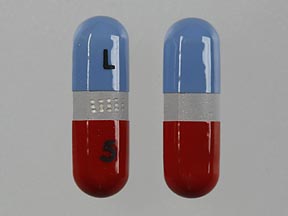Mapap Rapid Release Gelcaps Interactions
There are 160 drugs known to interact with Mapap Rapid Release Gelcaps (acetaminophen), along with 3 disease interactions, and 2 alcohol/food interactions. Of the total drug interactions, 8 are major, 116 are moderate, and 36 are minor.
- View all 160 medications that may interact with Mapap Rapid Release Gelcaps
- View Mapap Rapid Release Gelcaps alcohol/food interactions (2)
- View Mapap Rapid Release Gelcaps disease interactions (3)
Most frequently checked interactions
View interaction reports for Mapap Rapid Release Gelcaps (acetaminophen) and the medicines listed below.
- Abilify (aripiprazole)
- Admelog (insulin lispro)
- Ajovy (fremanezumab)
- aspirin
- atorvastatin
- atorvastatin / ezetimibe
- azelastine nasal
- azithromycin
- Bactrim (sulfamethoxazole / trimethoprim)
- Basaglar (insulin glargine)
- Benadryl (diphenhydramine)
- benzonatate
- Citrucel (methylcellulose)
- cyclobenzaprine
- diclofenac
- duloxetine
- famotidine
- fluticasone nasal
- methylprednisolone
- Metoprolol Tartrate (metoprolol)
- naproxen
- omeprazole
- ondansetron
- pantoprazole
- Protonix (pantoprazole)
- Robitussin Cough + Chest Congestion DM (dextromethorphan / guaifenesin)
- sumatriptan
- trazodone
- Vitamin B12 (cyanocobalamin)
- Vitamin D3 (cholecalciferol)
Mapap Rapid Release Gelcaps alcohol/food interactions
There are 2 alcohol/food interactions with Mapap Rapid Release Gelcaps (acetaminophen).
Mapap Rapid Release Gelcaps disease interactions
There are 3 disease interactions with Mapap Rapid Release Gelcaps (acetaminophen) which include:
More about Mapap Rapid Release Gelcaps (acetaminophen)
- Compare alternatives
- Drug images
- Latest FDA alerts (16)
- Side effects
- Dosage information
- During pregnancy
- Drug class: miscellaneous analgesics
- Breastfeeding
Related treatment guides
Drug Interaction Classification
| Highly clinically significant. Avoid combinations; the risk of the interaction outweighs the benefit. | |
| Moderately clinically significant. Usually avoid combinations; use it only under special circumstances. | |
| Minimally clinically significant. Minimize risk; assess risk and consider an alternative drug, take steps to circumvent the interaction risk and/or institute a monitoring plan. | |
| No interaction information available. |
See also:
Further information
Always consult your healthcare provider to ensure the information displayed on this page applies to your personal circumstances.


